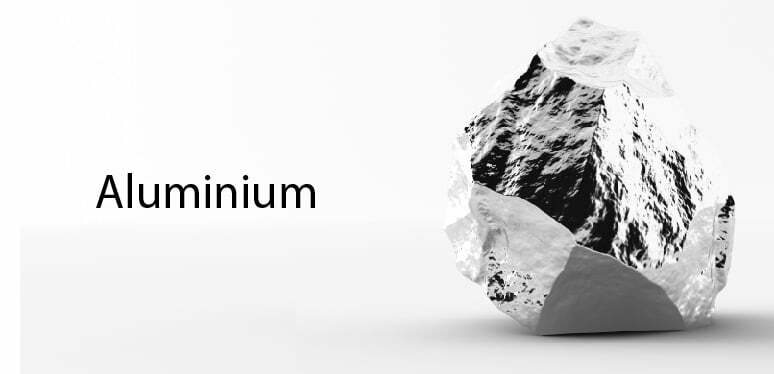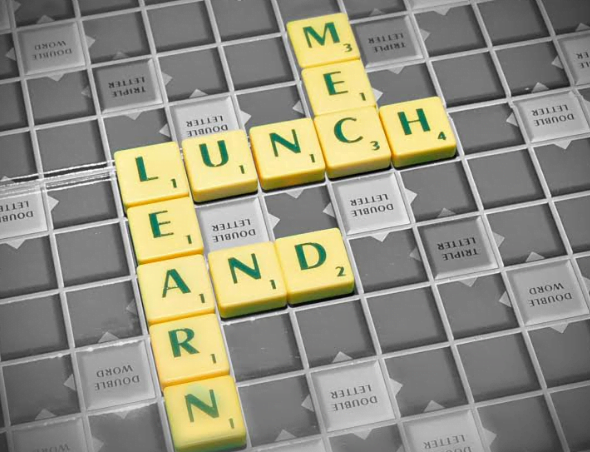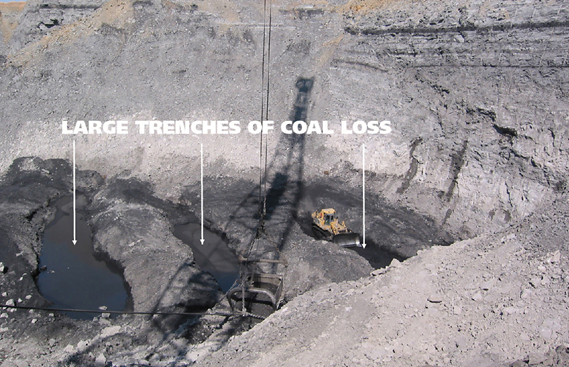Since the federal government has been bombarding us with political messages about innovation, I started to reflecting on what really drives innovation. I can’t speak for other industries but I would like to tell you my story. Everyone knows that the mining industry is tough right now. Back in 2012, MEC (my consulting company) collectively decided that we needed to be innovative to remain competitive as the mining boom slowed down.








